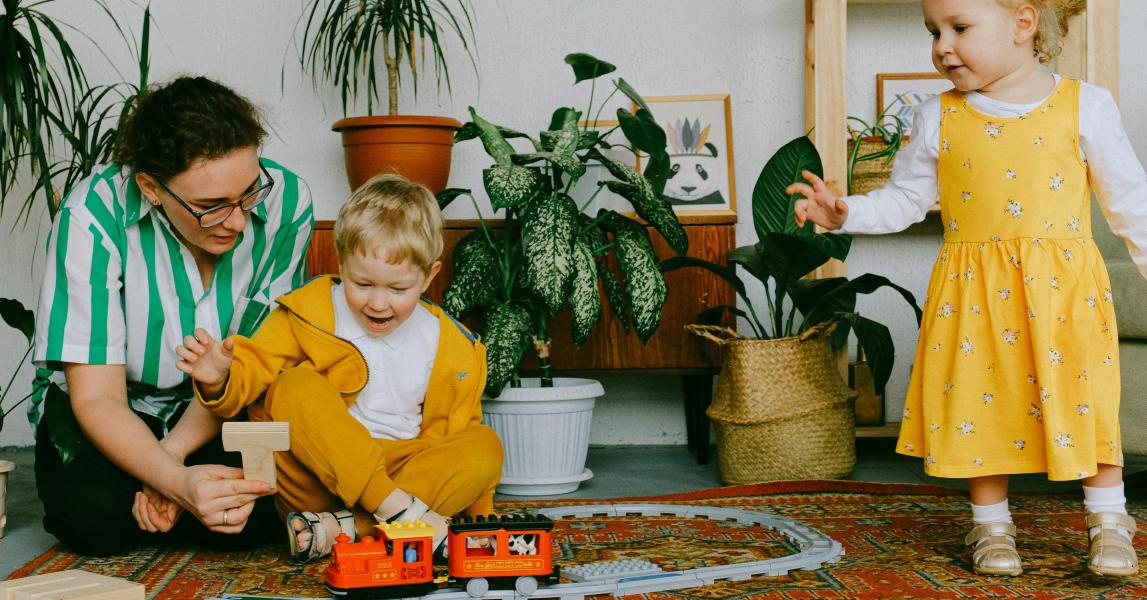How does Early Permanence work?
Placing a child/ren in an Early Permanence (EP) placement means that the child/ren are looked after under fostering regulations until the Court decides the final outcome of the care proceedings.
If the court orders the child’s return to family, the EP carers will support the reunification and they will only ever have been foster carers. However, because EP Carers have been approved to adopt (as well as act as foster carers), if the Court grants a placement order, these carers will then become prospective adopters and if the match is formally agreed can adopt the child/ren.



